1815-24: Retrogressivists
By:
September 20, 2010
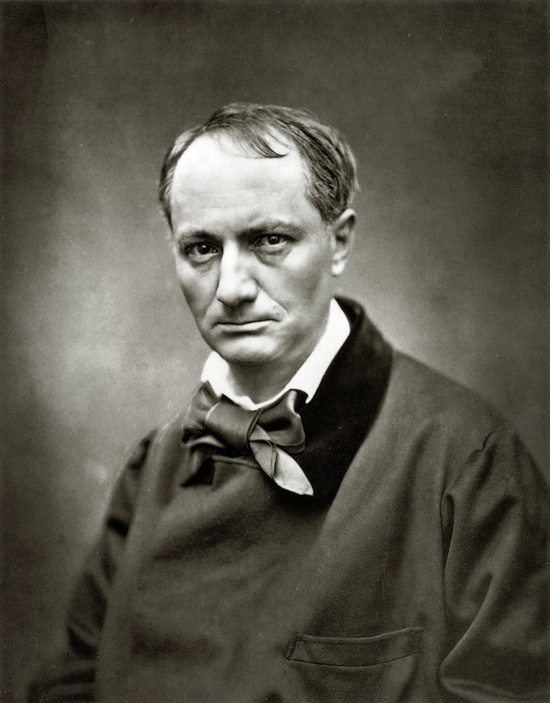
Pop demographers William Strauss and Neil Howe would have us believe that most men and women born from 1815-24 (they were in their teens and 20s in the Eighteen-Thirties [1834-43], and in their 20s and 30s in the Forties [1844-53]), were younger members of the so-called Transcendental Generation (born 1792-1821) — notable, they claim, for Transcendentalism, and for leading the US into Civil War. The youngest members of the 1815-24 cohort, meanwhile, get lumped in with the first-born members of Strauss and Howe’s so-called Gilded Generation (1822-42).
Strauss and Howe’s periodization, as always, is off. True, Civil War generals like Sherman, Grant, and Jackson belong to the 1815-24 cohort; however, Jefferson Davis, Abraham Lincoln, and Robert E. Lee are a generation older. Transcendentalists like Ralph Waldo Emerson, Bronson Alcott, George Ripley, and Orestes Brownson are two generations older than Henry David Thoreau (a member of the 1815-24 cohort). Meanwhile, though lingering Romanticist tendencies can indeed be found among the oldest members of the so-called Gilded Generation, the Post-Romantics (born 1825-33) are ambivalent about Romanticism and Modernism; they’re trapped between two eras.
Lost within Strauss and Howe’s periodization is a strikingly coherent generation of dark, skeptical, ironic, apocalyptic, utopian, and proto-Existentialist romantics — whose number includes Baudelaire and Flaubert, Melville and Whitman, Marx and Engels. The 1815-24 cohort I’ve identified gains some of its identifiable character from the fact that it is the last generation of the Romanticist era; its members (though sometimes identified as modernists) seemed well aware of that fact. The 1815-24 cohort rejected the middle Victorian period’s smug progressivism: its faith in moral and social progress. That’s why I call this the Retrogressivist Generation.
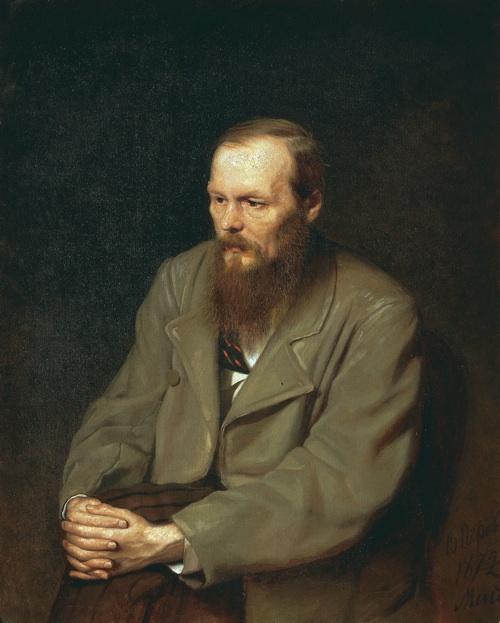
A reminder of my 250-year generational periodization scheme:
1755-64: [Republican Generation] Perfectibilists
1765-74: [Republican, Compromise Generations] Original Romantics
1775-84: [Compromise Generation] Ironic Idealists
1785-94: [Compromise, Transcendental Generations] Original Prometheans
1795-1804: [Transcendental Generation] Monomaniacs
1805-14: [Transcendental Generation] Autotelics
1815-24: [Transcendental, Gilded Generations] Retrogressivists
1825-33: [Gilded Generation] Post-Romantics
1834-43: [Gilded Generation] Original Decadents
1844-53: [Progressive Generation] New Prometheans
1854-63: [Progressive, Missionary Generations] Plutonians
1864-73: [Missionary Generation] Anarcho-Symbolists
1874-83: [Missionary Generation] Psychonauts
1884-93: [Lost Generation] Modernists
1894-1903: [Lost, Greatest/GI Generations] Hardboileds
1904-13: [Greatest/GI Generation] Partisans
1914-23: [Greatest/GI Generation] New Gods
1924-33: [Silent Generation] Postmodernists
1934-43: [Silent Generation] Anti-Anti-Utopians
1944-53: [Boomers] Blank Generation
1954-63: [Boomers] OGXers
1964-73: [Generation X, Thirteenth Generation] Reconstructionists
1974-82: [Generations X, Y] Revivalists
1983-92: [Millennial Generation] Social Darwikians
1993-2002: [Millennials, Generation Z] TBA
LEARN MORE about this periodization scheme | READ ALL generational articles on HiLobrow.
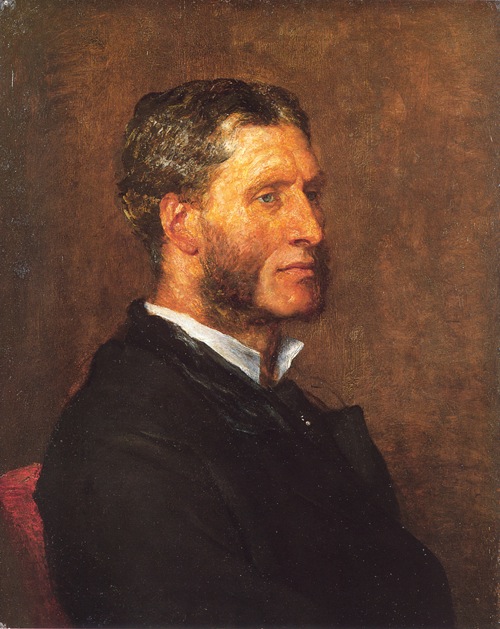
The writings of English poet and cultural critic Matthew Arnold, who was born nearly on the cusp between the 1815-24 cohort and the earliest post-Romantics, and who agonized about the corrosion of Faith by Doubt, is sometimes described as a bridge between Romanticism and Modernism. It would be more precisely accurate to describe Arnold’s work as a bridge between Late/Final Romanticism and Post-Romanticism.
“To be a useful man has always seemed to me something very ugly,” Baudelaire writes in his journal — a phrase which the culturally conservative sociologist Daniel Bell seized upon to sum up the “modernist” adversary culture and its rage against bourgeois norms of morality, work, and consumption. However, Baudelaire didn’t reject morality altogether, as another journal note indicates: “When I say ‘moralists,’ I mean Pharisee-like pseudo-moralists.” Moralist is a pejorative for the romanticist Baudelaire, that is to say, only because the term has been spoiled for him by progressivists. Contra Bell and also many critics who admire him, Baudelaire was no modernist; the modern era, from Baudelaire’s dark/ironic romanticist perspective, was a utilitarian, progressivist one. In an article on the establishment of prizes to be awarded to “healthy” works of theater, Baudelaire scoffs in horror at a recently published book for children: “As I read [this book] what do I find but goodness constantly being rewarded with lollipops, and wickedness invariably being made ridiculous by inevitable punishment. ‘If you behave yourself you will get a yum-yum’ — that is the whole basis of this sort of [progressivist] morality.”
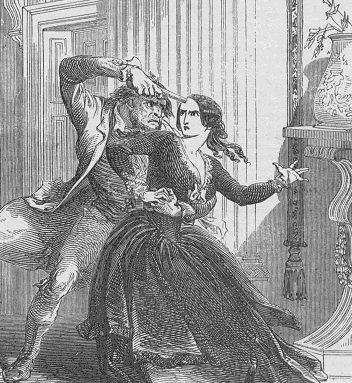
“Dark” Romanticism also finds expression in that genre of literature known as Victorian Gothic, which follows the original Gothic authors in rejecting the clarity and rationalism of the Enlightened establishment, and whose ruins symbolize pessimism regarding the Enlightenment’s staying power. The Gothic novel — Baudelaire was an admirer of Maturin’s Melmoth — was revived in the Forties (during which decade the Retrogressivists came into their own) by George W.M. Reynolds (b. 1814), who inaugurated the serial The Mysteries of London (1844-on), and authored the horror trilogy Faust (1846), Wagner the Wehr-wolf (1847), and The Necromancer (1857). Emily Brontë (b. 1818) transported the Gothic to the Yorkshire Moors in Wuthering Heights (1847), while Charlotte Brontë (b. 1816) gave us a madwoman in the attic in Jane Eyre (1847).
Also worth noting that Sir Walter Scott’s novels become world famous from 1814 on.
Sheridan Le Fanu (b. 1814), whose fiction — featuring castles set in a barren landscape, with a cast of remote aristocrats dominating an atavistic peasantry — might or might not represent a form of Irish protest literature, was the premier ghost story writer of the 19th century. The influential critic John Ruskin, meanwhile, praised the imagination and fantasy exemplified by Gothic and neo-Gothic architecture. Wilkie Collins’ mystery/suspense novels, particularly The Woman in White (1860) and The Moonstone (1868), not to mention his supernaturalist tales, also employ Gothic atmospherics and tropes.
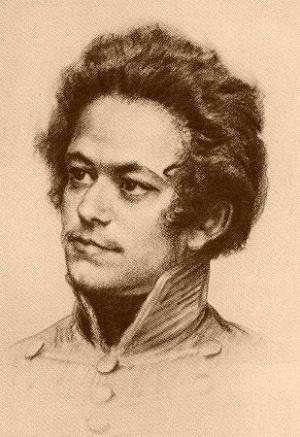
Writing in Paris in the early Forties, Karl Marx sounded a Romantic retrogressivist note in what are known as his Ökonomisch-philosophische Manuskripte (Economic and Philosophic Manuscripts). Despite the rhetorical conjuring trick by means of which he’d dismiss earlier, “utopian” socialists as unscientific, Marx was primarily a romantic political messianist and secondarily a social scientist. Contra those progressivists who hailed liberal capitalism as the greatest freedom history has known, Marx insisted that it represents a bondage more insidious and degrading than any earlier social oppression. Everyone under liberal capitalism is driven by a demoniacal, impersonal force — Marx’s themes of possession and alienation make him sound like Sheridan Le Fanu, or Wilkie Collins — away from their human essence to pursue an unattainable goal.
The cure for mankind’s “self-alienation,” in the young Marx’s formulation? The (romantic) destruction of capitalism and the (retrogressive) immersion of the individual in a neo-medievalist social totality.
Meet the Retrogressivists.
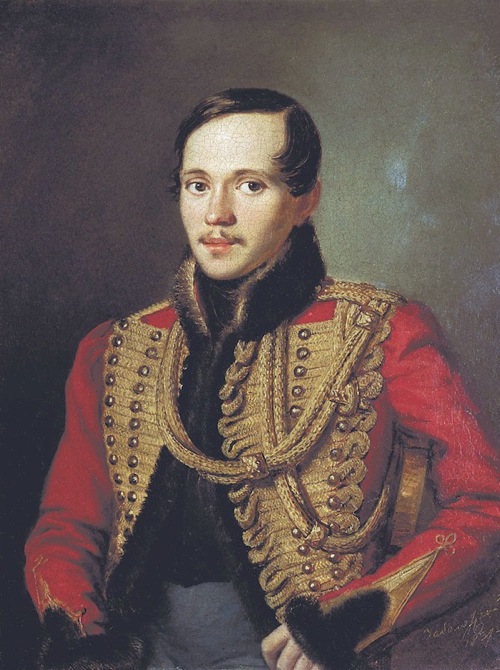
HONORARY RETROGRESSIVISTS (born 1814): Mikhail Lermontov (Russian romantic poet), Sheridan Le Fanu (Irish writer of Gothic tales and mystery novels; premier ghost story writer of the 19th century).
1815: Otto von Bismarck (German statesman, unifier of Germany), Elizabeth Cady Stanton (American women’s rights activist, National Woman Suffrage Association), Anthony Trollope (British novelist), Saint John Bosco (priest and educator), George Boole (English mathematician and philosopher, inventor of Boolean Algebra), Henry Box Brown (activist, escaped former slave), Richard Henry Dana (author, Two Years Before the Mast), Dan Emmett (songwriter: “Dixie”), Heinrich Geissler (inventor: Geissler tube), John A. Macdonald (Canadian Prime Minister, founding father), Sir Henry Parkes (father of Australian confederation), Charles-Bernard Renouvier (philosopher, neocritical idealist). HONORARY AUTOTELICS: Ada (Byron) Lovelace (early English computer pioneer; programmed the [theoretical] difference engine).
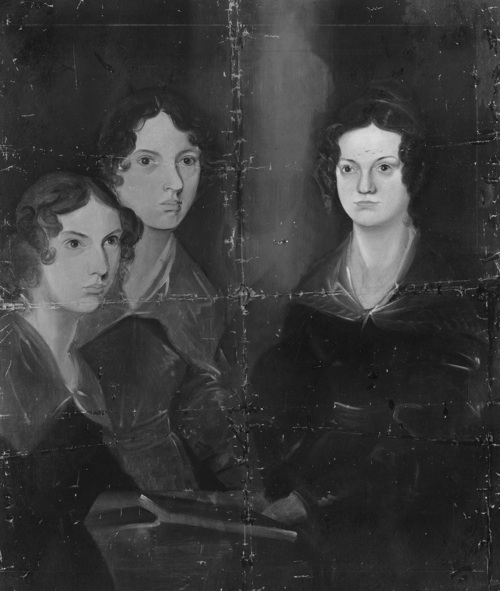
1816: Charlotte Brontë (British novelist, Jane Eyre), Augustus Egg (painter), Charles Thomas Newton (archaeologist, discovered Halicarnassus mausoleum), Paul Julius Reuter (founder of Reuters News Agency), Carl Zeiss (German optician, founder of Zeiss — which has made contributions to lens manufacturing that have aided the modern production of lenses), Eliza Daniel Stewart (American temperance movement leader), William Henry Webb (American industrialist and philanthropist (d. 1899), Werner von Siemens (German inventor and industrialist, founder of Siemens AG).
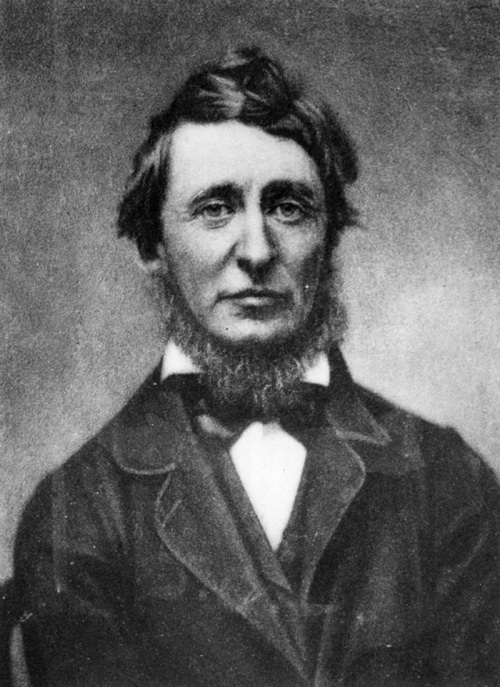
1817: Henry David Thoreau (author and philosopher, Walden), Bahá’u’lláh (Persian founder of Baha’i faith), Joseph Campbell (founder of Campbell Soups), George Henry Corliss (Corliss valve and steam engines), Charles-François Daubigny (French painter), James Thomas Fields (editor of the Atlantic Monthly), John Callcott Horsley (painter, designed first Christmas card), Benjamin Jowett (scholar, translator of Plato, master of Balliol College), George Henry Lewes (philosopher), Theodor Mommsen (historian, German writer, Nobel Prize laureate), Debendranath Tagore (Indian philosopher).
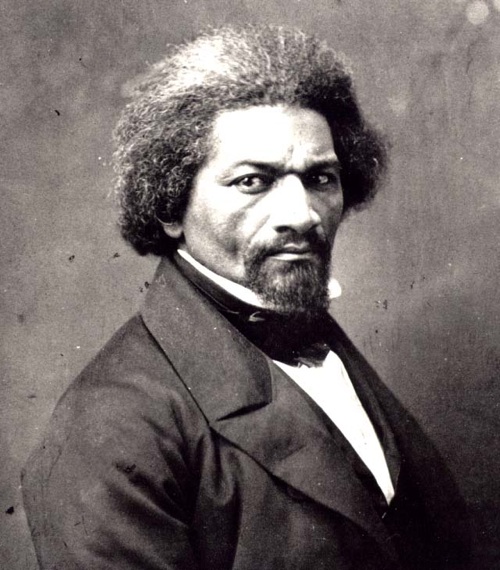
1818: Frederick Douglass (anti-slavery activist and autobiographer), Karl Marx (German political philosopher, Das Kapital, Communist Manifesto), Emily Brontë (British novelist, Wuthering Heights), Ivan Turgenev (Russian writer; Fathers and Sons) Lucy Stone (activist, American Women’s Suffrage Association), Pedro Figueredo (Cuban poet, musician, and freedom writer), Tsar Alexander II of Russia, James Prescott Joule (British physicist), Alexander Bain (philosopher), Josh Billings (American humorist), Amelia Jenks Bloomer (activist), William Fargo (co-Founder, American Express & Wells Fargo), Richard Jordan Gatling (inventor of the Gatling Gun), Stephen V. Harkness (co-founder of Standard Oil), Maria Mitchell (first American female astronomer), James Renwick (Gothic Revival architect).
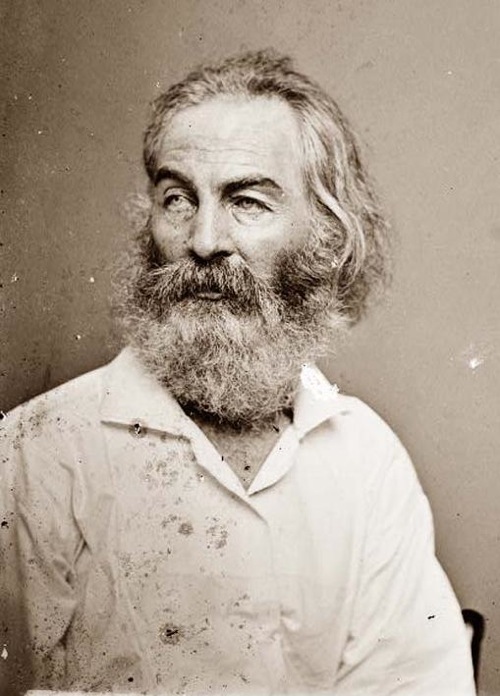
1819: Walt Whitman (American poet, Leaves of Grass), John Ruskin (English writer, artist, and social critic; greatest Victorian art critic), Herman Melville (American novelist, Moby Dick), Queen Victoria of the United Kingdom, George Eliot (British novelist, Silas Marner), Joshua A. Norton (self-proclaimed Imperial Majesty Emperor [of the United States] Norton I), James Russell Lowell (American poet and essayist, The Biglow Papers), Gustave de Molinari (Belgian economist, considered the first proponent of anarcho-capitalism), Julia Ward Howe (American abolitionist and poet, “Battle Hymn of the Republic”), Gustave Courbet (French Realist painter), Jacques Offenbach (German-born composer, one of the originators of the operetta form), Allan Pinkerton (detective and spy, founded the first detective agency of the United States), The Báb (Persian founder of the Bábi Faith), Felice Orsini (Italian revolutionary, attempted assassin of Napoleon III), John Couch Adams (astronomer, discovered planet Neptune), Abner Doubleday (didn’t invent baseball), Léon Foucault (physicist, measured the speed of light), Elias Howe (inventor of the sewing machine), Christopher Sholes (typewriter inventor, QWERTY keyboard).
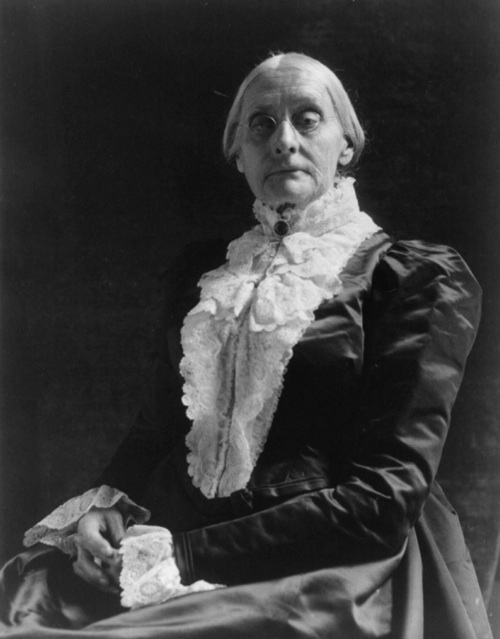
1820: Susan B. Anthony (women’s rights advocate, suffragist), Friedrich Engels (German social philosopher, co-authored Communist Manifesto), Herbert Spencer (English philosopher, sociologist; the philosopher of the great scientific movement of the second half of the 19th century, friend of Charles Darwin, George Henry Lewes, and Thomas Henry Huxley), Anne Brontë (novelist, The Tenant of Wildfell Hall), Victor Emmanuel II (King of Italy, Sardinia), Lucretia Peabody Hale (author), George Hearst (patriarch of Hearst family fortune), Jenny Lind (soprano, The Swedish Nightingale), Florence Nightingale (English activist, established nursing as a profession), Henry J. Raymond (co-founder of The New York Times), William T. Sherman (Union Army general, marched to the sea), Sir John Tenniel (illustrator for Punch).
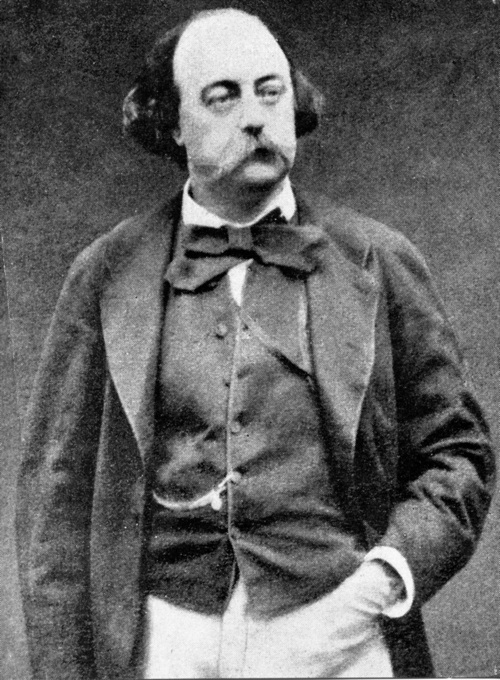
1821: Gustave Flaubert (French Realist novelist, Madame Bovary), Fyodor Dostoevsky (Russian writer, Crime and Punishment), Charles Baudelaire (French poet and writer, Les Fleurs du Mal), Harriet Tubman (activist, operated the Underground Railroad), Elizabeth Blackwell (first American female physician), Lola Montez (Irish Spanish dancer and royal mistress), Fr. Thomas Pelham Dale (English mystic), William Poole (infamous member of New York City’s Bowery Boys gang), Louis Vuitton (French luggage manufacturer), Clara Barton (co-founder of American Red Cross), Ford Madox Brown (English historical painter), Sir Richard Burton (explorer, translated The Arabian Nights), Bill The Butcher (inspired Gangs of New York), Mary Baker Eddy (founded Christian Science movement), Hermann von Helmholtz (physicist, Law of Conservation of Energy), Linus Yale, Jr. (inventor, pin tumbler locks).

1822: Ulysses S. Grant (18th President of the United States), Gregor Mendel (Czech geneticist, discovered the laws of inheritance), Matthew Arnold (English poet and critic, Culture and Anarchy), Louis Pasteur (French microbiologist and chemist, discovered process of pasteurization), Rutherford B. Hayes (19th President of the United States), Heinrich Schliemann (German archaeologist, important archaeological excavator of Troy), Sir Francis Galton (English anthropologist, eugenicist, tropical explorer, geographer, inventor, meteorologist, proto-geneticist, psychometrician, statistician), Edward Everett Hale (American author and Unitarian clergyman, “The Man Without a Country”), Frederick Law Olmsted (American landscape architect, designed New York’s Central Park), Edmond de Goncourt (French writer), John Jacob Astor III (American businessman), Rudolf Clausius (physicist, Second Law of Thermodynamics), Thomas Hughes (author, Tom Brown’s School Days), Étienne Lenoir (inventor, internal-combustion engine), Rowland H. Macy (founder of Macy’s department stores).
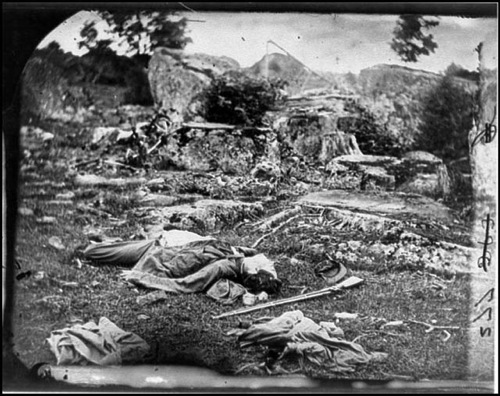
1823: Mathew Brady (photographer, Civil War photographer), Ernest Renan (French philosopher and writer; known for his influential historical works on early Christianity and his political theories), John Sherman (politician, Sherman Antitrust Act), Boss Tweed (politician, Boss of Tammany Hall), Alfred Russel Wallace (British naturalist and biologist, co-discovered Theory of Evolution), Abd-ul-Mejid (Ottoman Sultan), Théodore de Banville (French writer and poet, Odes funambulesques).
1824: Wilkie Collins (novelist, The Moonstone), Stonewall Jackson (Confederate military genius), Lord Kelvin (physicist, illustrated 2nd Law of Thermodynamics), Ambrose Burnside (inspiration for term “sideburns”), Henry Chadwick (journalist, baseball statistician, helped baseball become popular at the turn of the century), Alexandre Dumas fils (playwright), Benjamin Apthorp Gould (astronomer), Wilhelm Hofmeister (botanist), William Huggins (spectrographic astronomy pioneer), Pierre Janssen (astronomer, solar observer), Gustav Robert Kirchhoff (physicist, theory of spectrum analysis), Francis Turner Palgrave (critic), Charles Pfizer (chemist, founder of Pfizer Pharmaceuticals), Leland Stanford (businessman, governor of California, founder of Stanford University). HONORARY POST-ROMANTICS: George MacDonald (author, At the Back of the North Wind).
HONORARY RETROGRESSIVISTS (born 1825): Johann Strauss (Austrian composer, The Blue Danube).
NB: Somewhere in the early 19th century, according to patterns I’ve discovered via research and abductive methods, our decade/generation scheme shifts from a “4-3” to a “5-4” pattern. It seems fairly obvious that the shift happened in Paris, in 1830 — thanks to (a) the “battle of Hernani” waged by the Jeunes-France on behalf of romanticism vs. rules in poetry and proper language on the stage; (b) the July Revolution, which installed the “bourgeois king” Louis-Philippe and signaled the first triumph of the middle class in world affairs; (c) Berlioz’s Symphonie Fantastique, which shattered the convention of “four-squareness” in melody, the rigidity of rhythms, and the predictability of harmonic formulas; and, finally, (d) at the Academy of Sciences, the break between Cuvier and Geoffroy Saint-Hilaire over Lamarck’s hypothesis (which chimed with the Romanticist idea that everything is alive and in motion) about the transformation of species, i.e., Evolution. As a result, the the Eighteen-Twenties lasted only nine years: 1825-33.
Which means the Post-Romantics are a slightly smaller generation than every other one in my scheme. Those born in a 3 or 4 year after 1825 are cuspers; those born in a 4 or 5 year before 1833 are cuspers.
ADVENTURE WRITERS: Herman Melville (Top 200: Moby-Dick), Wilkie Collins (Top 200: The Moonstone).
